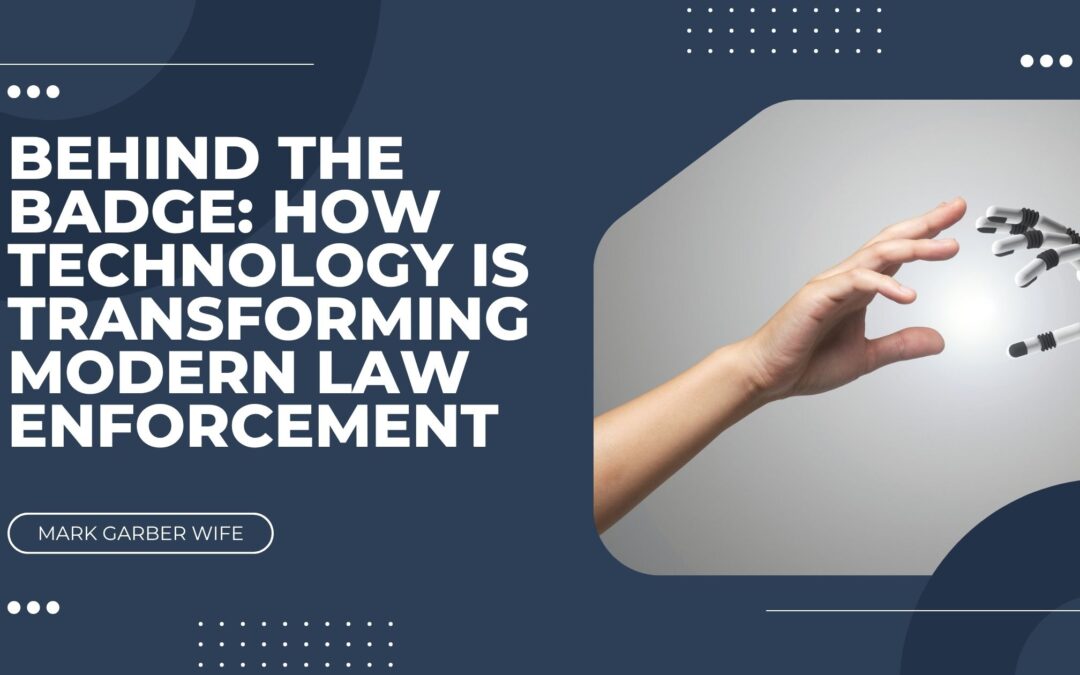Law enforcement has always been a field that blends courage, public service, and adaptability. But in the digital age, the tools officers use are evolving faster than ever. From predictive policing algorithms to real-time body cam analysis, technology is fundamentally reshaping how officers protect and serve.
One of the biggest shifts is the integration of data analytics. Agencies are increasingly relying on crime mapping tools to allocate resources efficiently. These platforms use past crime data to predict future incidents, allowing departments to deploy officers proactively. While this raises questions around privacy and profiling, when used ethically, predictive policing can be a powerful force multiplier.
Another area seeing rapid innovation is communication. Gone are the days of relying solely on radios. Now, officers use mobile devices equipped with secure apps that provide instant access to case files, suspect records, and real-time updates from dispatch. This level of access improves situational awareness and decision-making in the field.
Body-worn cameras have also become a standard, not just for accountability but as a training tool. AI now plays a role in reviewing footage for compliance and flagging key moments, helping departments uphold transparency while improving officer performance.
Community engagement has gone digital too. Many departments now use social media to share updates, clarify misinformation, and build trust. This direct line to the public can be a game-changer during emergencies or active investigations.
Ultimately, the future of law enforcement lies in the balance of innovation and integrity. With the right checks and balances, modern technology can enhance public safety while strengthening community relationships. It’s a new era behind the badge—and it’s just getting started.

